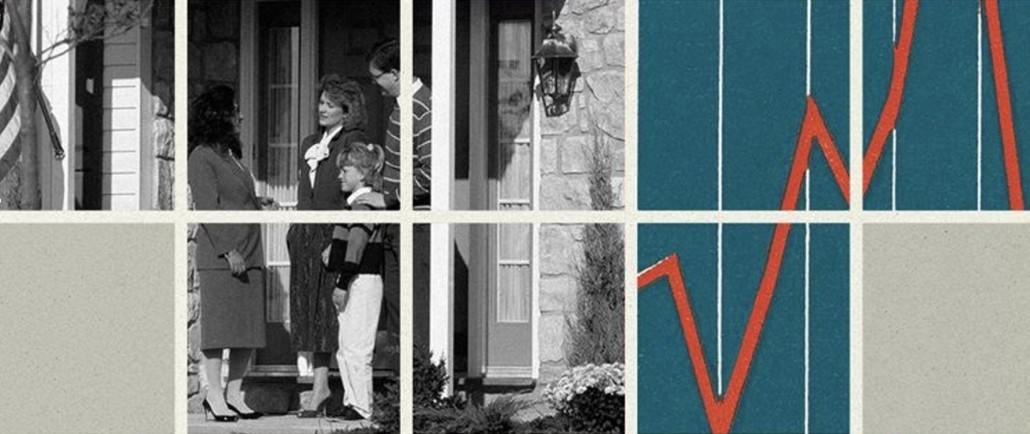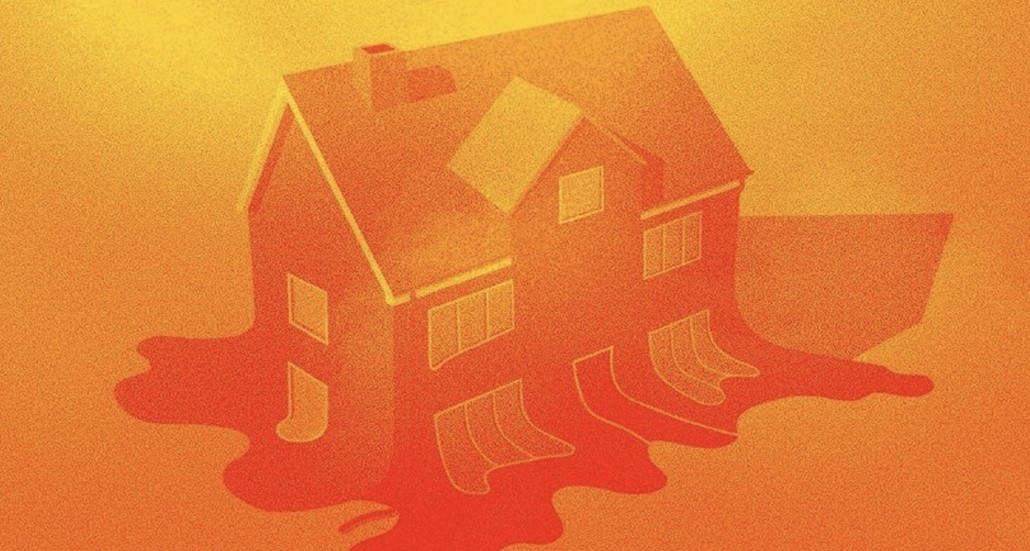Mortgage Rates Rise for Third Week Straight—but That’s Not the Worst News
Aug 11, 2023
Mortgage rates rose for the third week in a row, dashing homebuyers’ hopes that real estate might become a bit more affordable near summer’s end.
Interest rates for a 30-year fixed-rate mortgage averaged 6.96% for the week ending Aug. 10, according to Freddie Mac. That’s up significantly from a year ago when rates averaged 5.22%, and well over double the rates two years earlier when they hovered at 2.87%.
These near 7% rates have arrived just as inflation numbers ticked up in July, fueling worries that the Fed could raise benchmark rates at its next meeting in September.
And this might not even be the worst news for homebuyers—who, for the week ending Aug. 5, were also hit with higher home prices.
With home prices, mortgage rates, and inflation all inching upward, what does this mean for homebuyers and sellers? Here’s what the latest real estate statistics seem to foretell in our latest installment of “How’s the Housing Market This Week?”
Home prices rise again
Homebuyers had reason to be hopeful when list prices dipped in July to $440,000, down from $443,900 one year ago. Yet for the past two weeks, they’ve been on the upswing again, creeping 0.7% higher for the week ending Aug. 5 compared with last year.
Yet in her analysis of the latest housing data, Realtor.com® economic research analyst Hannah Jones predicts, “We will not see a new peak home price in 2023, above the June 2022 record of $449,000.”
So even though prices have indeed begun to head north again, they are probably not going to reach the summits of summer 2022.
Still, “Affordability is likely to continue to be the chief challenge for homebuyers,” says Jones.
The number of new listings is still sliding
New listings—a measure of the number of sellers listing their homes for sale—were down again this week, by 14% from one year ago. Many sellers are waiting to put their homes on the market until interest rates drop, so they can command a better price.
The number of new homes on the market has been dipping for the past 57 weeks. Yet this free-fall does not seem as extreme as earlier.
“The gap is starting to shrink,” says Jones. All that said, active inventory (both new and old listings that have been lingering on the market) is “lagging behind year-ago levels by 9%.”
This week marks the seventh consecutive decline in the number of homes actively up for sale, compared with the same time last year—and the gap is growing. This indicates that there are still people out there who are ready, willing, and able to buy—despite high interest rates, rising home prices, and other hurdles.
“But the continued drag from existing homeowners choosing to stay put, which we measure as new listings, is holding back overall inventory,” says Jones. “We expect a dip of 5% for 2023 overall compared to 2022.”
Yet all is not lost for homebuyers.
“New construction offers buyers an alternative and new-home sales continue to climb from year-ago lows,” Jones points out.
Homes are staying on the market longer
A little more good news for buyers: For the week ending Aug. 5, homes spent seven extra days on the market compared with this time last year.
This is a positive trend that has lasting power. For more than a year (55 weeks in a row), the time a typical home stays on the market is up compared with the same time one year ago.
This benefits buyers: If homes are sitting on the market longer, eager sellers might be more inclined to take a lower offer. It also could indicate that those troublesome bidding wars that were common a year or two earlier might be in the rear-view mirror.
“It could indicate that the market is finding a new normal,” concludes Jones, “where homes sit on the market for fewer days than pre-pandemic, but longer than was common during the height of the real estate frenzy.”
Lisa Johnson Mandell is an award-winning writer who covers lifestyle, entertainment, real estate, design, and travel. Find her on ReallyRather.com









